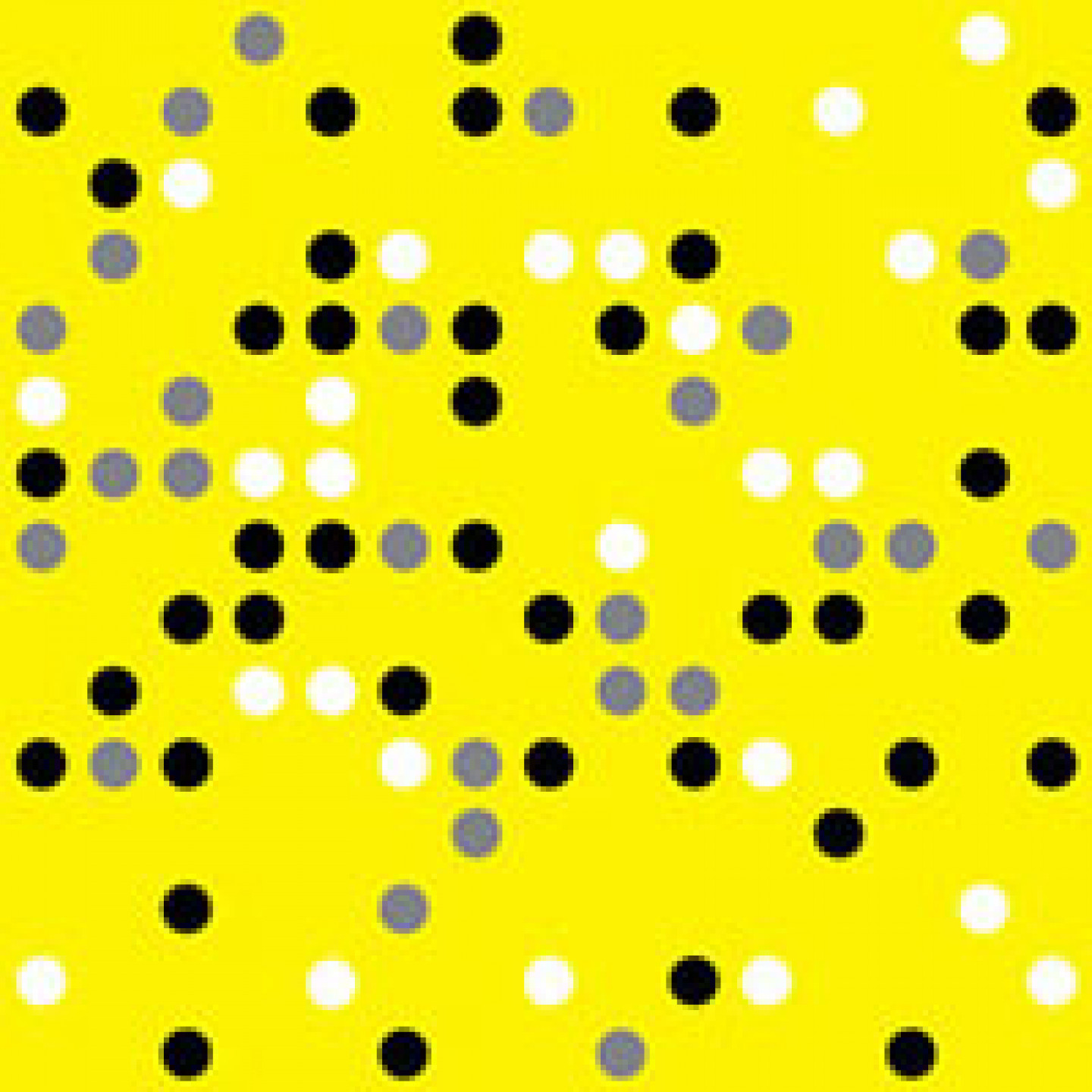Virtual city maps and 3D models are cost-effective resources for designers and planners made possible by the advances in digital mapping technology. London probably has more than a dozen virtual models in development in commercial, academic, government and freeware environments and there are many others throughout the UK.
This intensive half-day seminar explores how designers and planners can use the data and software resources effectively, who should own the models and maps and the data within them and how this impacts on the democratic processes such as planning and consultation.
Speakers include:
Sir Terry Farrell on Data and Democracy
Ed Parsons of Google London on recent geospatial mapping developments
Justin Saunders of eMapSite on Virtual Earth Applications for Enabling Planning Decisions
Didier Madoc Jones of GMJ Design on Applied 3D Mapping
Professor Alan Brimicombe, Head, Centre for Geo-Information Studies, UEL on Mapping People and Places
Dr. Andy Hudson Smith of the Centre for Advanced Spatial Analysis, UCL on planning futures through virtual models including Second Life
Giles Lane of Proboscis on Digital Approaches to Community Engagement
Booking for this event is essential.
Places are £95 + VAT and all delegates will receive the d-City publication, Space & Place publication and the Digital Cities: London´s Future exhibition catalogue. CPD certificates are available upon request.
The Digital Cities events series brings together research, case studies and design technology for those (not necessarily IT experts) who will benefit from the opportunities and efficiencies offered by new data systems.

